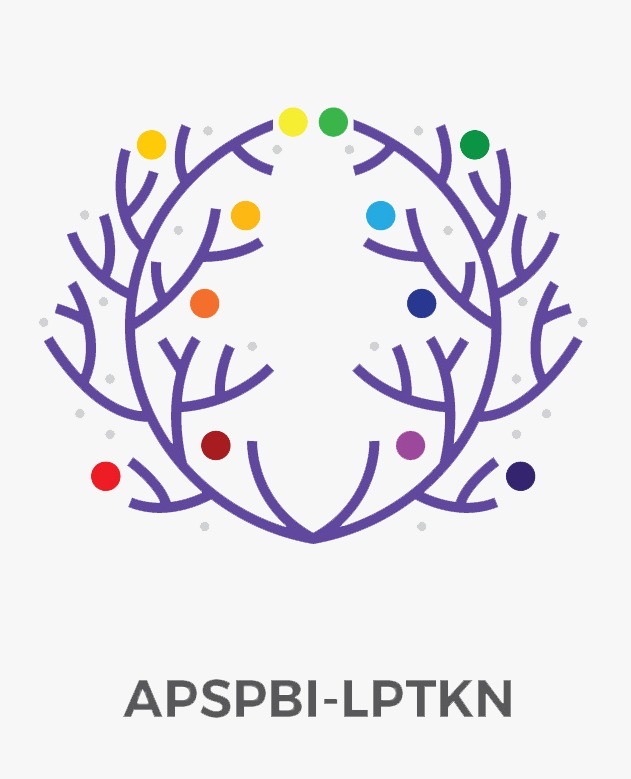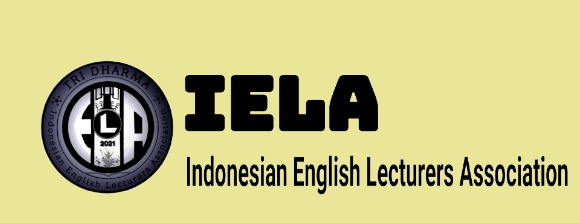COGNITIVE DOMAIN OF REVISED BLOOM TAXONOMY IN ENGLISH STUDENT BOOK
 ), Hanip Pujiati(2),
), Hanip Pujiati(2),
(1) Universitas Negeri Jakarta
(2) Universitas Negeri Jakarta
 Corresponding Author
Corresponding Author
Abstract
The presence of Cognitive Domains in the instructions of learning activities in the textbook is important, especially for developing students’ thinking skills. This research aimed to investigate the cognitive process dimensions and knowledge dimension of Bloom’s Revised Taxonomy represented in all of the instructions of learning activities provided in the “English in Mind Starter Second Edition (Student’s Book) Special Edition” written by Herbet puchta and Jeff Stranks. This research is qualitative descriptive with content analysis design. To collect data, the table adapted from Anderson and Krathwohl’s taxonomy table are used. The study revealed that: (1) All levels in Cognitive Process Dimension of BRT are existed in instructions with the most used level of Cognitive Process Dimension was Remember, with 233 times of occurrence (50%), and (2) Three of Four Knowledge Dimension are existed in the instructions, the Factual Knowledge was the most dominantly distributed 247 times with 53% of percentage, while Metacognitive Knowledge is absent. The findings revealed that shows how the instructions of learning activities in this textbook put more emphasis on LOTS rather than HOTS. Based on the findings, the researcher suggested that textbook writers and teachers need to provide more balanced distribution of Cognitive Domain and focusing on higher level thinking rather than lower order level thinking.
References
Bloom, B. S. (1956). Taxonomy of educational objectives: The classification of educational goals. Cognitive domain.
Brown H. (2001). Brown H. - Douglas. Teaching by Principles_ An Interactive Approach to Language Pedagogy.pdf.
Dharma, Y. P., & Aristo, T. J. V. (2018). an Analysis of english textbook relevance to the 2013 english curriculum. Journal of English Educational Study (JEES), 1(1), 24-33.
Hei, J. (2017). Thinking Skills In The English Course Book Thinking Skills in the 12 th Grade English Course book in Timor Leste. Beyond Words, 55(1).
Igbaria, A. K. (2013). A content analysis of the WH-questions in the EFL textbook of horizons. International Education Studies, 6(7), 200–224. https://doi.org/10.5539/ies.v6n7p200
Krathwohl, D. R. (2002). ( A REVISION OF BLOOM ’ S TAXONOMY ) Sumber : http://net.educause.edu/ir/library/pdf/eli08105a.pdf. Theory into Practice, 41(4), 212–219.
Nunan, D. (2004). Task-based Language Teaching.
Nunan, D. (1991). Language teaching methodology (Vol. 192). New York: prentice hall.
Richards, J. C. (2001). Jack C. Richards Curriculum Development in Language Teaching Cambridge Language Education 2001.pdf.
Spindler, M. (2015). Collaborative analysis and revision of learning objectives. NACTA Journal, 59(2), 111.
Tomlinson, B. (Ed.). (2003). Developing materials for language teaching. A&C Black.
Tok, H. (2010). TEFL textbook evaluation: From teachers’ perspectives. Educational Research and Reviews, 5(9), 508–517.
Yasid, M., & Kuswardani, R. (2014). An Analysis Of Reading Material In “Interlanguage: English For Senior High School X” Textbook Published By National Education DepartmenT (p. 7).
Article Metrics
Abstract View : 800 times
: 800 times Download : 140 times
Download : 140 times
DOI: 10.36412/jellt.v6i1.2816
Refbacks
- There are currently no refbacks.
Copyright (c) 2021 Journal of English Language and Literature Teaching

This work is licensed under a Creative Commons Attribution-ShareAlike 4.0 International License.









